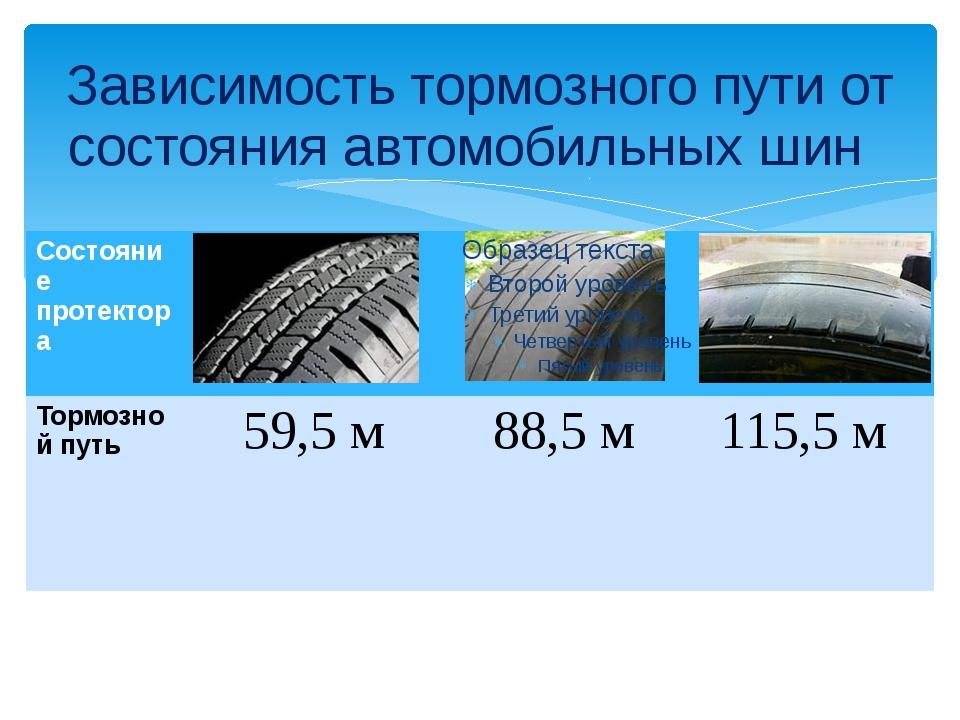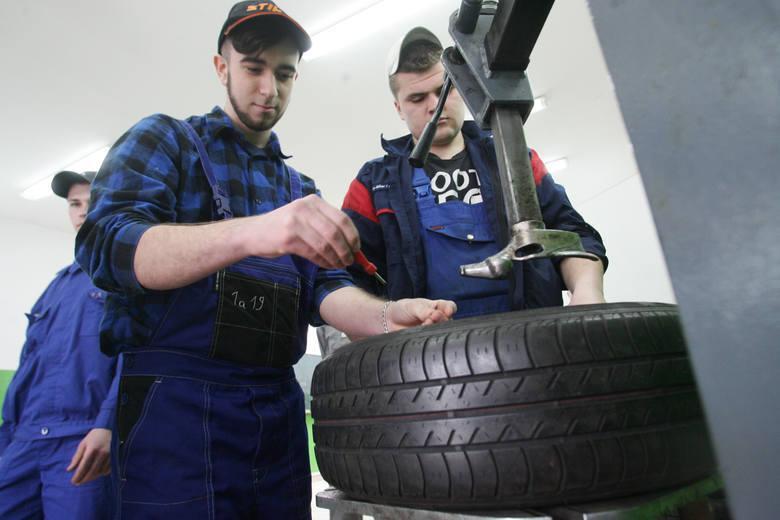
Tire size. How does this affect braking distance?
 A wider, low profile tire can provide shorter braking distances. What else is worth knowing when choosing tires for a car?
A wider, low profile tire can provide shorter braking distances. What else is worth knowing when choosing tires for a car?
Choosing the right tires
The right choice of tires determines not only driving comfort, but above all safety on the road. It is worth recalling that the area of contact of one tire with the ground is equal to the size of a palm or a postcard, and the area of contact of four tires with the road is the area of one A4 sheet.
The softer and more elastic tread compound used in winter tires performs better at +7/+10ºC. This is especially important on wet surfaces when summer tire with a hard tread does not provide proper grip at this temperature. The braking distance is considerably longer – and this also applies to all four-wheel drive vehicles!
Pay attention to tire size
When choosing the right tire, not only its quality is important. Size, in addition to stylistic considerations, primarily affects the behavior of the car on the road.
The marking on the tire "195/65 R15 91T" means that it is a tire with a width of 195 mm, a profile of 65 (the ratio of the sidewall height to its width, expressed as a percentage), an internal diameter of 15 inches, a load index of 91 and a T speed rating.
See also: How to save fuel?
It is recommended to buy tires with the same load index and speed index as the manufacturer's vehicle.
Tire size and braking distance
Need to know what the larger the tire, the more it provides us with better dry grip, less sensitive to small asphalt imperfections and more efficient transmission of power to the wheels. In the long term, the use of such tires can increase fuel consumption. This is because a wider tire means more rolling resistance.
Changing the width also often reduces the profile of the tire, i.e. the height of the sidewall. Tire width also has a big impact on stopping distance, as shown by the ADAC test.
The experiment showed that the Volkswagen Golf used for the experiment with 225/40 R18 tires required an average of almost 2 m less to a stop from 100 km/h than with 195/65 R15 tires.
The lower surface pressure of a wider tire, and thus better distribution of forces, affects the predicted life of a tire. If we compare the extreme dimensions, then on average it is even more than 4000 km..
See also: Škoda SUVs. Kodiak, Karok and Kamik. Triplets included
